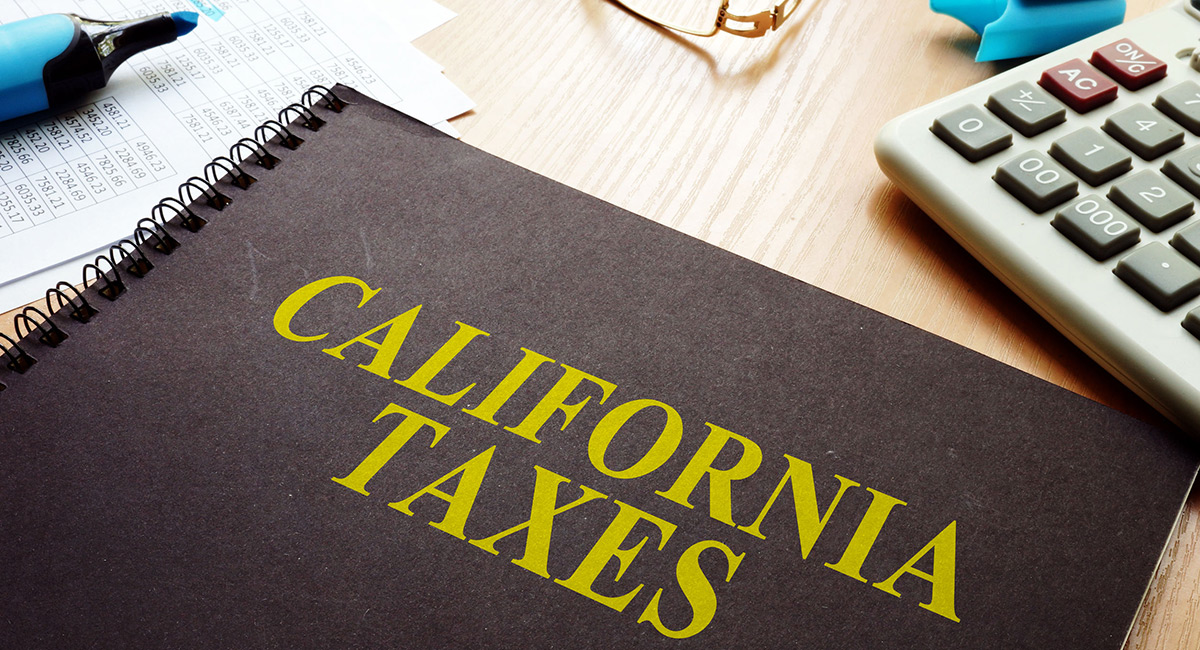Winston Churchill once remarked: “For a nation to try to tax itself into prosperity is like a man standing in a bucket trying to lift himself up by the handle.” In California, Gov. Davis and Democratic legislators have formed a bucket brigade that will fail to create prosperity just as Gov. Wilson failed with the same policies in the early 1990s.
In 1991, facing an inherited $14.3 billion budget deficit, Wilson and state legislators agreed to raise taxes by $7.2 billion. The tax hikes included a 3/4-cent sales-tax increase, expanded to cover snack foods, newspapers, and bottled water; two new personal-income-tax brackets; and a two-year suspension of corporate net operating loss deductions.
Politicians assumed that tax-rate hikes would increase long-run tax revenues, thereby closing the budget gap. It didn’t happen. State general fund revenues did rise $3.5 billion in the fiscal year the tax package took effect. This one-time increase was not surprising since the higher tax rates were essentially being applied to past economic activity.
Going forward, however, businesses and individuals changed their behavior in response to the new taxes, resulting in a revenue drop of $2 billion over the next two years. The falling receipts reflected a shrinking tax base caused by financial, physical, and human capital fleeing California for states with tax codes that better rewarded productivity and risk-taking.
In 1991, new manufacturing investment in California fell more than 8% as investors took their money elsewhere. By 1993, more than 30,000 corporations had shut down, and for the first time in California’s history, more people left the state than entered. For the third consecutive year revenues fell short of budget estimates, and by May 1993 the state faced a massive $8 billion budget gap.
Clearly the tax hikes didn’t lead to prosperity. Instead, they fueled higher state spending and stifled economic growth. So how did California recover? Tax relief.
In November 1992, voters repealed the 1991 sales-tax expansion. In 1993, other tax provisions began to expire, notably the suspension of net-operating-loss deductions. Also, Governor Wilson began a six-year run of cutting personal, corporate, and investment taxes. Not until tax relief came did the state see significant year-to-year revenue gains and a strong economic recovery.
From 1993 to 1998, employment increased 10%. Personal income rose 31%. The number of corporations increased 10%. Manufacturing investment rose 68%. And in 1998, 120,000 more people entered the state than left.
Tax revenues also jumped, increasing 9% in fiscal year 1995-96, even though the two new personal-income-tax brackets had expired. Supply-side effects were firmly rooted by then, and revenues continued to climb during the next three fiscal years, increasing 28%. When Gov. Davis unveiled his budget on January 10, he repeatedly invoked Wilson’s name to make his case. Unfortunately, Davis chose to imitate the unreformed, pre-1993 Wilson.
Davis proposed $8.3 billion in new taxes, including raising the sales and cigarette tax and increasing personal-income-tax rates. These tax hikes will destroy more than 590,000 California jobs over three years.
There are also more than 100 bills before the California legislature that will raise taxes and fees about $24 billion. California, however, is not alone.
Lawmakers in 24 states are currently considering tax hikes as a way to “solve” their fiscal problems. Legislators in California and elsewhere should learn from Wilson’s early mistakes: States can’t tax their way back to prosperity.
Instead, they should adopt the model of Michigan in the early 1990s and California, New York, and New Jersey after 1992. By cutting taxes, states will spark job, income, and investment growth and expand the private sector and tax base. It’s time for politicians to step out of the bucket and let the private sector lift all to prosperity.










